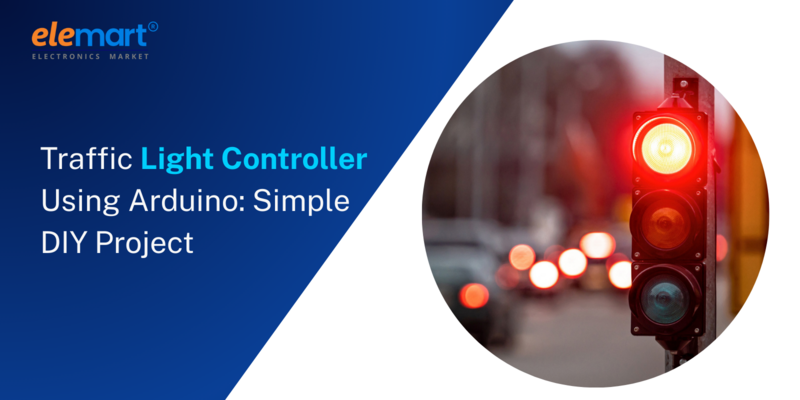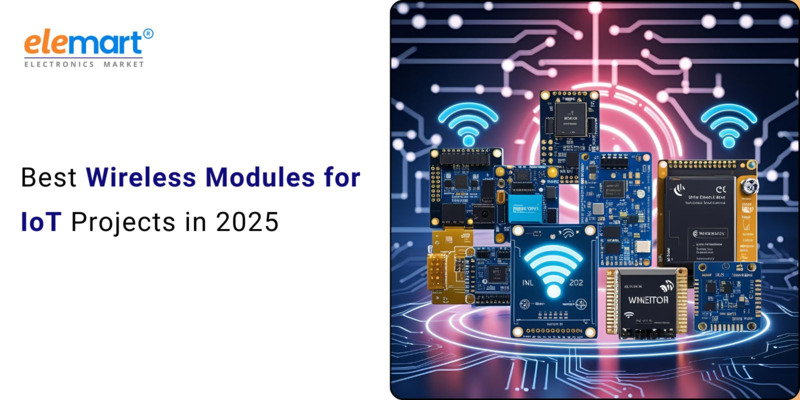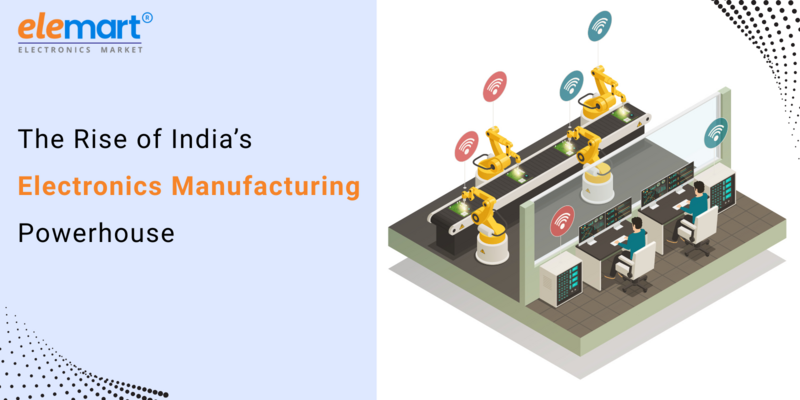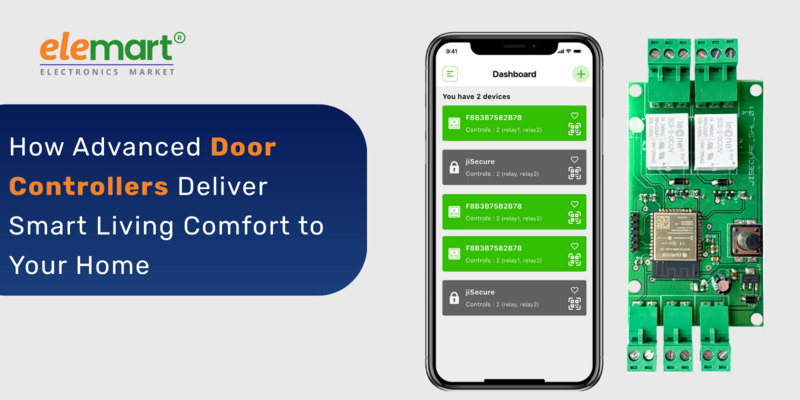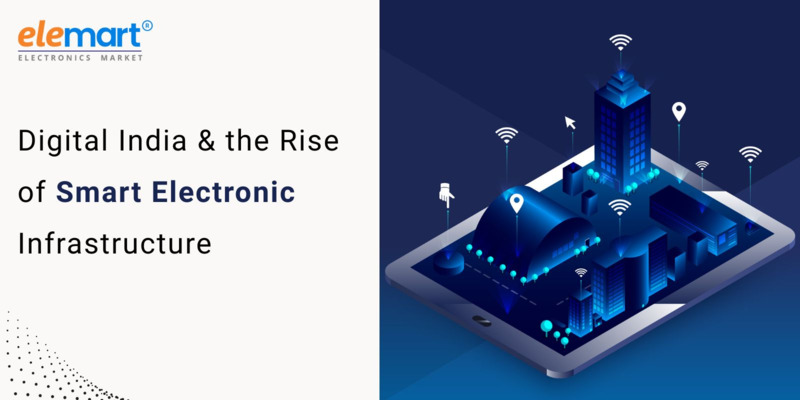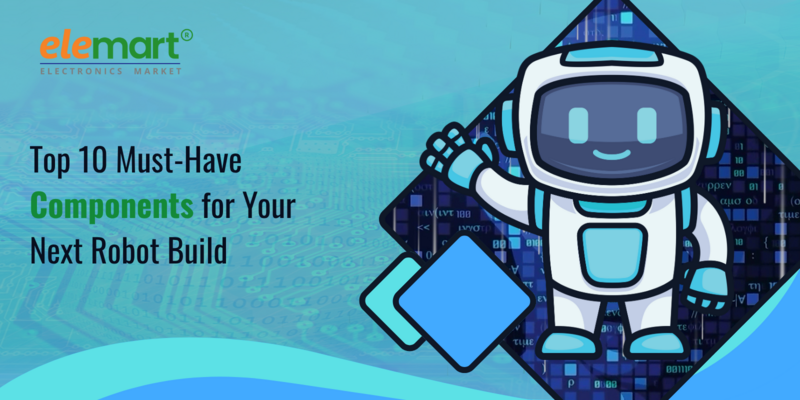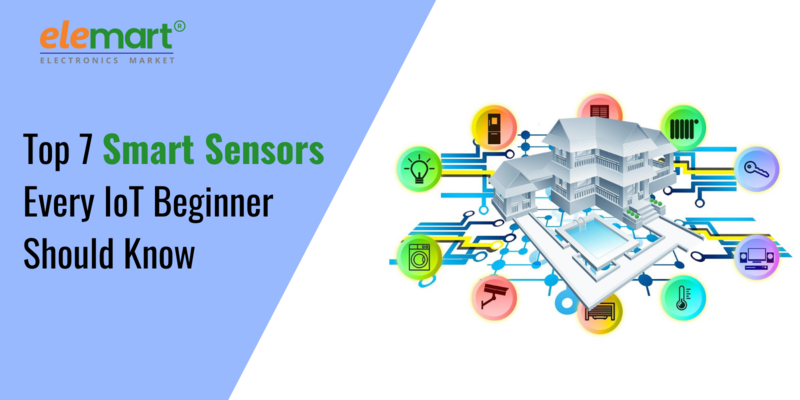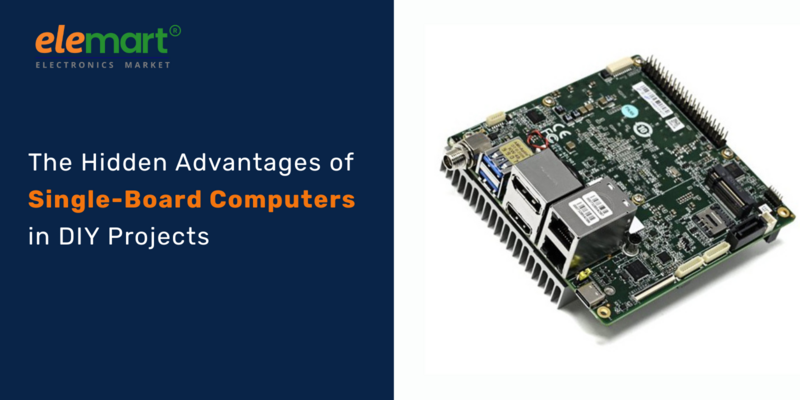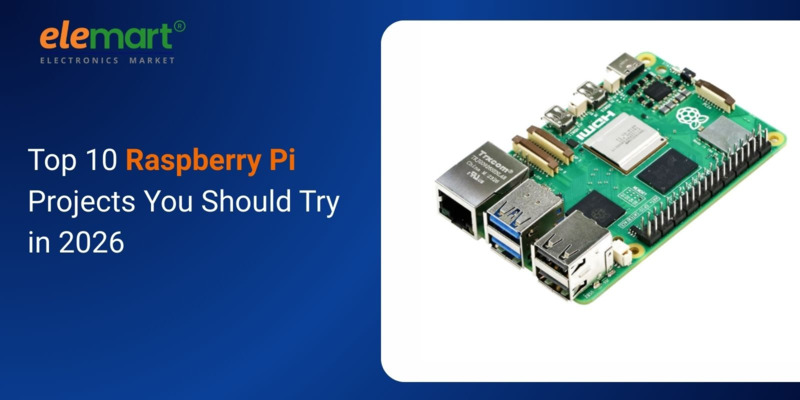- Aug 13, 2025
- IOT
- 412
Share this post on:

The Internet of Things (IoT) is one of the most transformative technologies of the 21st century, connecting everyday objects to the internet, enabling them to collect and exchange data. From smart homes to industrial automation, IoT is transforming how we live and work. Central to the success of IoT devices are integrated circuits (ICs), which serve as the brain of these devices, ensuring they function efficiently and reliably. In this blog, we’ll explore the critical role that integrated circuits play in powering modern IoT innovations.
What Are Integrated Circuits?
An integrated circuit is a set of electronic circuits, such as transistors, resistors, capacitors, and diodes, all integrated onto a small chip of semiconductor material, typically silicon. ICs are used in virtually all modern electronics, from simple household gadgets to complex industrial systems.
The primary function of ICs is to process electrical signals and provide the necessary logic to operate various devices. In IoT devices, ICs manage tasks like data processing, communication, power management, and signal conversion, all while consuming minimal power, which is crucial for battery-operated devices.
Types of Integrated Circuits in IoT
The IoT ecosystem comprises a wide range of devices, each requiring different types of integrated circuits. Some of the key ICs that power IoT innovations include:
1. Microcontrollers (MCUs)
Microcontrollers are the heart of most IoT devices. They are small, low-power ICs that combine a processor, memory, and input/output peripherals into a single chip. MCUs are essential for managing the overall functionality of IoT devices, including processing sensor data, running software, and communicating with other devices.
Popular examples of MCUs used in IoT include the ARM Cortex-M series, ESP8266, and ESP32. These MCUs offer a balance of power efficiency, processing power, and connectivity options, making them ideal for IoT applications.
2. System on Chips (SoCs)
A system on a chip (SoC) integrates all necessary components of a computer or communication system into a single chip. SoCs typically include a CPU, GPU, RAM, storage, and communication modules like Wi-Fi, Bluetooth, or Zigbee. SoCs are commonly used in more complex IoT devices like smart cameras, wearables, and industrial IoT systems.
Some popular SoCs in IoT include Qualcomm Snapdragon, NVIDIA Jetson, and Raspberry Pi boards, which offer powerful computing capabilities while maintaining a small footprint and low power consumption.
3. Power Management ICs (PMICs)
IoT devices are often battery-powered and need efficient power management to extend their battery life. Power management ICs (PMICs) are critical in this regard, as they regulate voltage, manage power consumption, and ensure that energy is efficiently distributed across various components in IoT devices.
PMICs also handle tasks like charging, energy harvesting, and sleep mode management, ensuring that IoT devices continue to operate without excessive power drain.
4. Wireless Communication ICs
Wireless communication is a cornerstone of IoT, as devices rely on networks like Wi-Fi, Bluetooth, Zigbee, and cellular networks to communicate with each other and with the cloud. Wireless communication ICs handle the transmission and reception of data across these networks.
ICs designed for Bluetooth, Wi-Fi, and other communication protocols, such as Qualcomm’s QCA4004 for Wi-Fi and Nordic Semiconductor’s nRF52 for Bluetooth, play an essential role in ensuring IoT devices stay connected.
5. Sensor ICs
IoT devices collect vast amounts of data through sensors. These sensors detect physical parameters like temperature, humidity, motion, pressure, and light. Sensor ICs convert these analog signals into digital data that can be processed by the microcontroller or SoC.
ICs that handle sensor data processing include Analog Devices' ADXL series for accelerometers and Bosch Sensortec for environmental sensors. These sensor ICs are small, power-efficient, and capable of high accuracy, making them ideal for IoT applications.
How Integrated Circuits Enable IoT Innovation
1. Miniaturization and Cost-Effectiveness
Integrated circuits allow IoT devices to be smaller, cheaper, and more energy-efficient. As IoT devices are often deployed in large quantities, the miniaturization of ICs enables mass production at a lower cost, making IoT more affordable for businesses and consumers.
2. Connectivity and Data Processing
ICs provide the processing power needed for IoT devices to connect to the internet and communicate with other devices. Whether it’s a simple smart thermostat or an advanced industrial sensor, integrated circuits ensure that data can be processed, analyzed, and transmitted in real time, enabling automation and smart decision-making.
3. Power Efficiency
One of the biggest challenges for IoT devices, especially battery-powered ones, is power consumption. Integrated circuits are designed to consume minimal power while maintaining high performance, ensuring that IoT devices can run for long periods without needing frequent recharges or replacements.
4. Scalability and Flexibility
With the variety of IoT applications, from home automation to healthcare and industrial solutions, the flexibility of integrated circuits is key. Modern ICs are versatile and can be tailored to specific needs, allowing them to scale and support a wide range of IoT applications.
Conclusion
Integrated circuits are the backbone of modern IoT innovations, enabling the smart devices and systems that are rapidly transforming industries and daily life. By providing essential functions like processing, communication, and power management in a compact and energy-efficient form, ICs allow IoT devices to be smarter, more connected, and more sustainable. As IoT continues to evolve, the role of integrated circuits will only grow more critical, driving the next generation of innovations in fields like healthcare, manufacturing, transportation, and smart cities.
FAQs
Q1: What is the role of integrated circuits in IoT?
Integrated circuits power IoT devices by managing tasks like data processing, communication, and power management.
Q2: How do integrated circuits help in reducing the size of IoT devices?
ICs allow for miniaturization by integrating multiple functions into a single chip, making IoT devices smaller and more efficient.
Q3: What are the most common types of ICs used in IoT?
Microcontrollers (MCUs), system on chips (SoCs), power management ICs (PMICs), wireless communication ICs, and sensor ICs are widely used in IoT.
Q4: Why are power management ICs important in IoT?
They ensure efficient power consumption, extend battery life, and support energy-saving modes in IoT devices.
